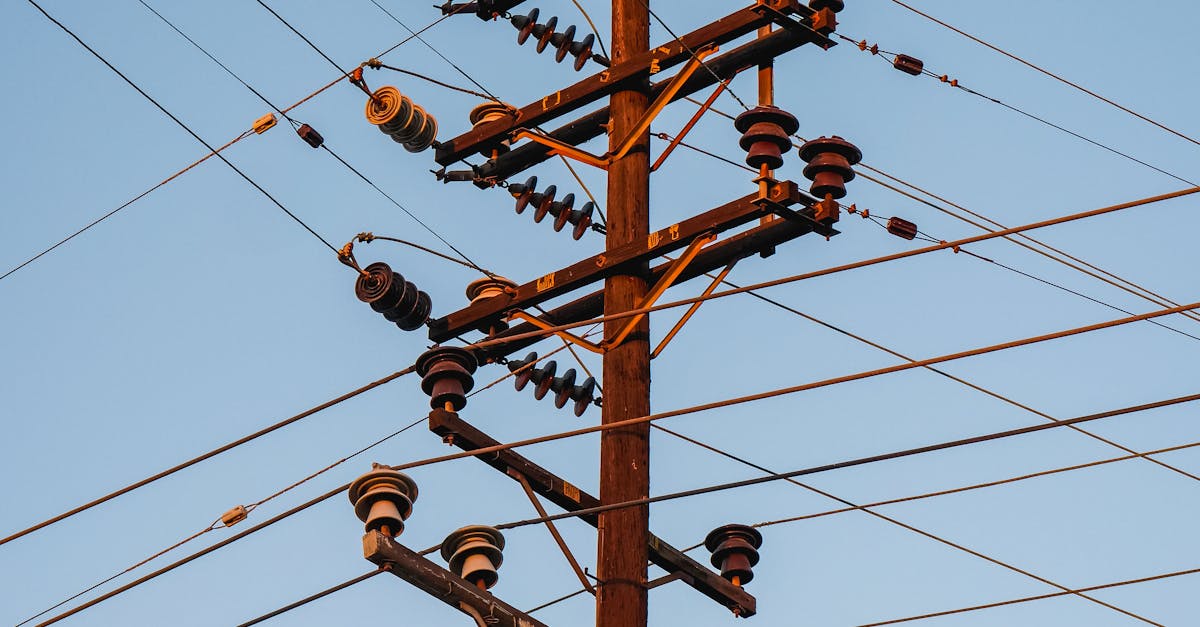Birds sitting on power lines is a common sight in urban and rural areas alike. Have you ever wondered why they prefer these high perches? In this article, we will explore seven intriguing reasons behind this behavior, providing you with a comprehensive understanding of why these feathered creatures choose power lines as their resting spots.
| Reason | Description |
|---|---|
| Safety from Predators | Power lines provide a vantage point to spot potential threats. |
| Warmth | Metal wires can absorb heat from the sun, offering a warm spot for birds. |
| Social Interaction | Birds often gather in groups, and power lines serve as social hubs. |
| Nesting Sites | Some birds use nearby structures for nesting and need a perch. |
| Feeding Opportunities | Power lines can attract insects, providing a food source. |
| Convenient Roosting | Power lines are often placed in open areas, ideal for resting. |
| Territorial Display | Birds use high perches to establish and defend their territory. |
Safety from Predators
One of the primary reasons birds choose to sit on power lines is the safety they provide from predators. Being elevated gives birds a clear view of their surroundings, allowing them to spot potential threats from above. This vantage point is crucial in avoiding dangers such as hawks or cats lurking below. By perching on power lines, birds can remain vigilant while enjoying the warmth of the sun.

Warmth
Another appealing factor for birds to sit on power lines is the warmth they can offer. Metal wires, especially when exposed to sunlight, can absorb heat and provide a cozy spot for birds to rest. This is particularly beneficial during cooler mornings or late evenings when temperatures drop. The warmth from the wires can help birds conserve energy, which is essential for their survival.

Social Interaction
Birds are social creatures, and power lines often serve as gathering spots. Sitting in groups allows them to communicate and interact with one another, whether through vocalizations or physical displays. These social interactions are vital for various species, especially during mating seasons when displaying strength and finding partners is crucial. Power lines become social hubs where birds can establish connections and maintain their social structures.

Nesting Sites
For some bird species, power lines are not just resting places; they can also be part of their nesting strategy. Birds often look for nearby structures, including power poles, to build their nests. The proximity to power lines makes it easier for them to access food sources and provides a safe area for their young. This close relationship between nesting and power line perching illustrates how adaptable birds can be in urban environments.

Feeding Opportunities
Power lines can also be advantageous when it comes to feeding. Insects and other small creatures are often attracted to the areas around power lines due to the heat they emit or the vegetation that grows nearby. Birds can easily spot these food sources from their elevated positions and swoop down to catch their meals. This feeding strategy allows them to maximize their energy efficiency while hunting for food.

Convenient Roosting
Power lines are typically found in open areas, which makes them ideal for roosting. Birds prefer to rest in locations where they have a clear line of sight to their surroundings, and power lines provide that unobstructed view. This convenience allows birds to relax without the constant worry of unseen dangers approaching, making it an ideal spot for a quick rest during their daily activities.

Territorial Display
Lastly, birds often use high perches, including power lines, to establish and defend their territories. By sitting on these elevated spots, birds can display their dominance over an area, signaling to other birds that they have claimed that space. This behavior is particularly evident during mating seasons when males want to attract females and ward off rival males. The visibility from power lines enhances their ability to communicate their presence and strength to others.

FAQ
Why do birds not get electrocuted when sitting on power lines?
Birds do not get electrocuted while sitting on power lines because they are not completing an electrical circuit. Electricity requires a path to the ground, and as long as the bird is only touching one wire, there is no path for electricity to flow through its body. However, if a bird were to touch two wires or a wire and a pole simultaneously, it could complete the circuit and be electrocuted.
Do all birds sit on power lines?
Not all birds prefer power lines, but many species do. Birds that are more arboreal or prefer dense foliage may opt for trees or shrubs instead. However, many urban-dwelling birds, such as sparrows and starlings, frequently use power lines due to their visibility and safety.
Is it safe for birds to nest near power lines?
While some birds do nest near power lines, it can pose risks. The main concern is the proximity to electrical hazards, especially during maintenance work. Birds must be cautious about their nesting sites to ensure safety for themselves and their young.
References:
– [US Fish and Wildlife Service](https://www.fws.gov)
– [National Audubon Society](https://www.audubon.org)
– [Birds and Power Lines – US Geological Survey](https://www.usgs.gov)
